Use this nursing care plan and management guide to help care for patients with cryptorchidism. Learn about the nursing assessment, nursing interventions, goals and nursing diagnosis for cryptorchidism in this guide.
What is Cryptorchidism?
Cryptorchidism (Undescended Testes) is a condition present at birth in which one or both testes fail to descend through the inguinal canal into the scrotal sac. It is generally observed in preterm babies since the testes do not pass down from the abdomen to the scrotal sac until the seventh month of intrauterine life. Symptoms of undescended testes rarely cause discomfort. The entire scrotum, or one side, will appear smaller than normal and may appear incompletely developed.
If the testes do not descend spontaneously in the first 12 months of life, a child may receive human chorionic gonadotropin therapy or surgery (orchiopexy) that is performed between 1 to 2 years of age. Surgery prevents damage to the testes that may be affected by exposure to an increased temperature in the abdomen. In addition, early repair also prevents a negative effect on body image and embarrassment brought about by the difference in the appearance of the empty smaller scrotal sac. Undescended testes that are related to the presence of an inguinal hernia are repaired at the time of herniorrhaphy. Failure of the testes to descend can occur at any point along the normal path of descent into the scrotum.
Nursing Care Plans and Management
The focus of nursing care planning in clients with cryptorchidism (undescended testes) is to provide preoperative and postoperative care, give emotional support regarding body image, decrease anxiety, and prevent the occurrence of complications.
Nursing Problem Priorities
The following are the nursing priorities for patients with cryptorchidism (undescended testes):
- Pain management
- Preventing infections
Nursing Assessment
Assess for the following subjective and objective data:
- See nursing assessment cues under Nursing Interventions and Actions.
Nursing Diagnosis
Following a thorough assessment, a nursing diagnosis is formulated to specifically address the challenges associated with cryptorchidism based on the nurse’s clinical judgment and understanding of the patient’s unique health condition. While nursing diagnoses serve as a framework for organizing care, their usefulness may vary in different clinical situations. In real-life clinical settings, it is important to note that the use of specific nursing diagnostic labels may not be as prominent or commonly utilized as other components of the care plan. It is ultimately the nurse’s clinical expertise and judgment that shape the care plan to meet the unique needs of each patient, prioritizing their health concerns and priorities.
Nursing Goals
Goals and expected outcomes may include:
- Parents verbalize decreased anxiety about the child’s undescended testes.
- The client will not experience any signs of infection.
- The Parents/child will identify measures to reduce the risk of infection.
- The client/caregivers will understand and demonstrate behaviors or methods to avoid skin breakdown or help the healing process.
Nursing Interventions and Actions
Therapeutic interventions and nursing actions for patients with cryptorchidism may include:
1. Reducing Anxiety
Assess origin and anxiety level and how it is expressed; need for information that will alleviate anxiety.
Provides information about the level of anxiety and the need for measures to relieve it; sources for the parents include fear and skepticism about treatment and recovery; sources for the child include embarrassment by different shapes and sizes of the scrotum after school age.
Assess the child’s developmental level, as well as their understanding of the condition and treatment options.
Understanding a child’s developmental level allows nurses to communicate with the child in a way that is appropriate for their age and understanding. This can help the child better comprehend the condition and the treatment options, which can decrease anxiety.
Provide as much privacy to the child as possible during evaluations.
Facilitates comfort and prevents embarrassment.
Allow expression of concerns and opportunity to ask for information about the condition, diagnostic and surgical procedures, the effect of abnormal placement on testes, and future fertility.
Provides a chance to express feelings and fears and secure information to decrease anxiety.
Involve parents in decisions about care and routines as possible.
Allows for more control over a situation.
Communicate with parents (and child if appropriate) and answer questions calmly and honestly; May utilize aids such as pictures, models, and drawings.
Provide a calm and supportive trusting environment.
Inform parents that surgery is usually done after the age of 1 but may be performed during the preschool years by the age of 5 if no spontaneous descent of testes happened.
Provides knowledge about the need for surgical repair prior to school age to avoid psychological and physical embarrassment to the child and that exposure to the higher temperature in the abdomen may impair testes and susceptible to infertility and tumor formation.
Provide parents with information about orchiopexy.
Explains the surgical procedure to correct the deformity.
Reassure the child that the penis will remain in place and that the surgery will not harm the male organ.
Allay any fear that the penis may be removed or cut off.
Instruct parents and child in activity restrictions and play appropriate to the age and trauma of surgery.
Provides information about return to normal activity without damage to the incision area or disconnecting the suture which may result in testes returning again into the inguinal canal.
Demonstrate and teach self-testicular examination and allow for return demonstration; inform to report any change felt.
Allows for early detection of a tumor.
2. Preventing Infections and Maintaining Skin Integrity
The risk of infection for a child with cryptorchidism is increased due to inadequate primary defenses, such as broken or irritated skin in the area surrounding the undescended testes. Any breaks in the skin can provide a portal of entry for bacteria or other infectious agents, increasing the risk of infection. In cryptorchidism, the testes fail to descend into the scrotum, and remain in the abdominal or inguinal area. The skin in this area is thinner and more sensitive than the scrotal skin, making it more prone to irritation and injury, which can lead to impaired skin integrity.
Assess the wound for tenderness, redness, swelling, increased local temperature, odor, and formation of pus.
Reveals signs of infection in the wound area.
Monitor the child’s temperature, heart rate, and respiratory rate for signs of infection.
Monitoring for fever, increased heart rate, and changes in respiratory rate are signs of infection. Infection if detected early will aid in providing prompt treatment, which can avoid complications and promote a faster recovery.
Assess the incision site, and observe for the formation of hematoma, swelling, and presence of bleeding and wound drainage.
Initially, swelling and bruising near the incision area are normal and will disappear after several days.
Apply ice or a cold pack on the scrotal area for 10 to 20 minutes postoperatively as ordered.
Decreases swelling.
Carefully cleanse the perineal area of any urine or stool as needed; teach parents.
Prevents risk of contamination and occurrence of infection.
Administer antibiotic therapy as ordered.
Prevents or treats infection by preventing the proliferation of microorganisms.
Reinforce the importance of finishing the complete course of antibiotic therapy.
Prevents recurrence of infection and development of antibiotic resistance.
Educate the child to use clean undergarments or parents to change the child’s diaper frequently and not leave the child in a soiled diaper.
Promotes cleanliness of the incision area and prevents contamination.
Provide routine incisional care.
Promotes healing and fastens recovery.
Stress the importance of keeping the wound clean and dry. The incision should not be soaked for about 5 days.
Prolonged exposure to moisture makes the skin soften and swell causing a break in the integrity of the skin.
Instruct the mother about the importance of proper nutrition and adequate fluid intake.
Poor nutritional intake increases the risk of skin breakdown and weakens the healing process.
Instruct the caregiver to not remove the white strips or clear plastic dressing.
The incision may be covered with small pieces of tape (Steri-Strips) and a clear dressing that should be left in place since these will come off on their own and will not need to be replaced.
Instruct the mother to keep the child’s fingernails short or to use gloves when severe itching is present.
Decreases the risk of dermal injury.
Educate caregivers on skin and wound assessment and watch out for signs and symptoms of infection, complications, and healing.
Early assessment prompts immediate intervention thus preventing the occurrence of complications.
Recommended Resources
Recommended nursing diagnosis and nursing care plan books and resources.
Disclosure: Included below are affiliate links from Amazon at no additional cost from you. We may earn a small commission from your purchase. For more information, check out our privacy policy.
Ackley and Ladwig’s Nursing Diagnosis Handbook: An Evidence-Based Guide to Planning Care
We love this book because of its evidence-based approach to nursing interventions. This care plan handbook uses an easy, three-step system to guide you through client assessment, nursing diagnosis, and care planning. Includes step-by-step instructions showing how to implement care and evaluate outcomes, and help you build skills in diagnostic reasoning and critical thinking.

Nursing Care Plans – Nursing Diagnosis & Intervention (10th Edition)
Includes over two hundred care plans that reflect the most recent evidence-based guidelines. New to this edition are ICNP diagnoses, care plans on LGBTQ health issues, and on electrolytes and acid-base balance.

Nurse’s Pocket Guide: Diagnoses, Prioritized Interventions, and Rationales
Quick-reference tool includes all you need to identify the correct diagnoses for efficient patient care planning. The sixteenth edition includes the most recent nursing diagnoses and interventions and an alphabetized listing of nursing diagnoses covering more than 400 disorders.

Nursing Diagnosis Manual: Planning, Individualizing, and Documenting Client Care
Identify interventions to plan, individualize, and document care for more than 800 diseases and disorders. Only in the Nursing Diagnosis Manual will you find for each diagnosis subjectively and objectively – sample clinical applications, prioritized action/interventions with rationales – a documentation section, and much more!

All-in-One Nursing Care Planning Resource – E-Book: Medical-Surgical, Pediatric, Maternity, and Psychiatric-Mental Health
Includes over 100 care plans for medical-surgical, maternity/OB, pediatrics, and psychiatric and mental health. Interprofessional “patient problems” focus familiarizes you with how to speak to patients.

See also
Other recommended site resources for this nursing care plan:
- Nursing Care Plans (NCP): Ultimate Guide and Database MUST READ!
Over 150+ nursing care plans for different diseases and conditions. Includes our easy-to-follow guide on how to create nursing care plans from scratch. - Nursing Diagnosis Guide and List: All You Need to Know to Master Diagnosing
Our comprehensive guide on how to create and write diagnostic labels. Includes detailed nursing care plan guides for common nursing diagnostic labels.
Other nursing care plans for pediatric conditions and diseases:
- Acute Glomerulonephritis | 4 Care Plans
- Acute Rheumatic Fever | 4 Care Plans
- Apnea | 4 Care Plans
- Brain Tumor | 3 Care Plans
- Bronchiolitis | 5 Care Plans
- Cardiac Catheterization | 4 Care Plans
- Cerebral Palsy | 7 Care Plans
- Child Abuse | 4 Care Plans
- Cleft Lip and Cleft Palate | 7 Care Plans
- Congenital Heart Disease | 5 Care Plans
- Congenital Hip Dysplasia | 4 Care Plans
- Croup Syndrome | 5 Care Plans
- Cryptorchidism (Undescended Testes) | 3 Care Plans
- Cystic Fibrosis | 5 Care Plans
- Diabetes Mellitus Type 1 (Juvenile Diabetes) | 4 Care Plans
- Dying Child | 4 Care Plans
- Epiglottitis | 5 Care Plans
- Febrile Seizure | 4 Care Plans
- Guillain-Barre Syndrome | 6 Care Plans
- Hospitalized Child | 5 Care Plans
- Hydrocephalus | 5 Care Plans
- Hypospadias and Epispadias | 4 Care Plans
- Intussusception | 3 Care Plans
- Juvenile Rheumatoid Arthritis | 4 Care Plans
- Kawasaki Disease | 6 Care Plans
- Meningitis | 7 Care Plans
- Nephrotic Syndrome | 5 Care Plans
- Osteogenic Sarcoma (Osteosarcoma) | 4 Care Plans
- Otitis Media | 4 Care Plans
- Scoliosis | 4 Care Plans
- Spina Bifida | 7 Care Plans
- Tonsillitis and Adenoiditis | 4 Care Plans
- Umbilical and Inguinal Hernia | 4 Care Plans
- Vesicoureteral Reflux (VUR) | 5 Care Plans
- Wilms Tumor (Nephroblastoma) | 4 Care Plans

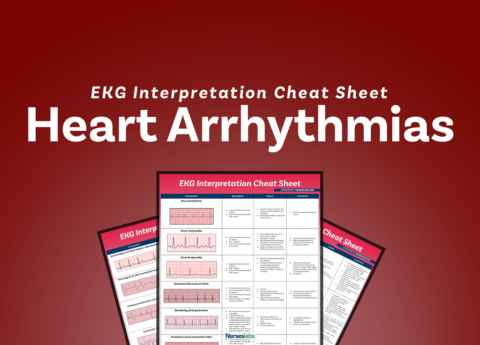
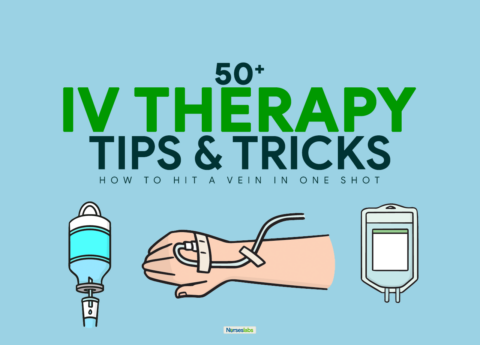
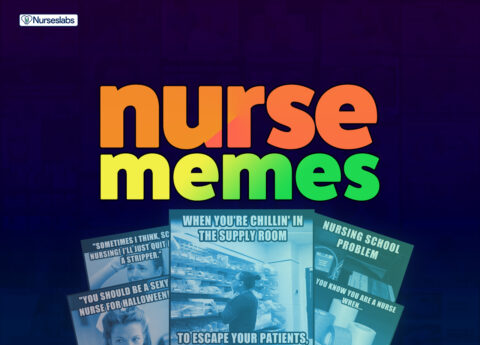
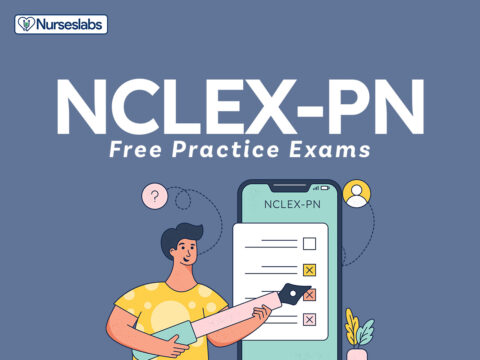
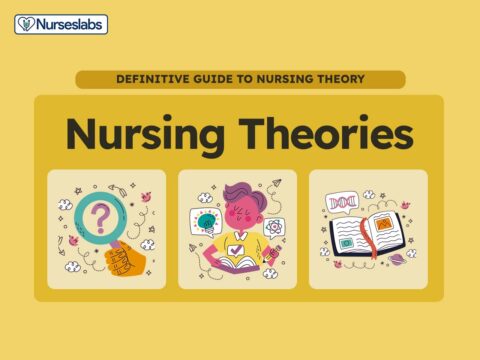




















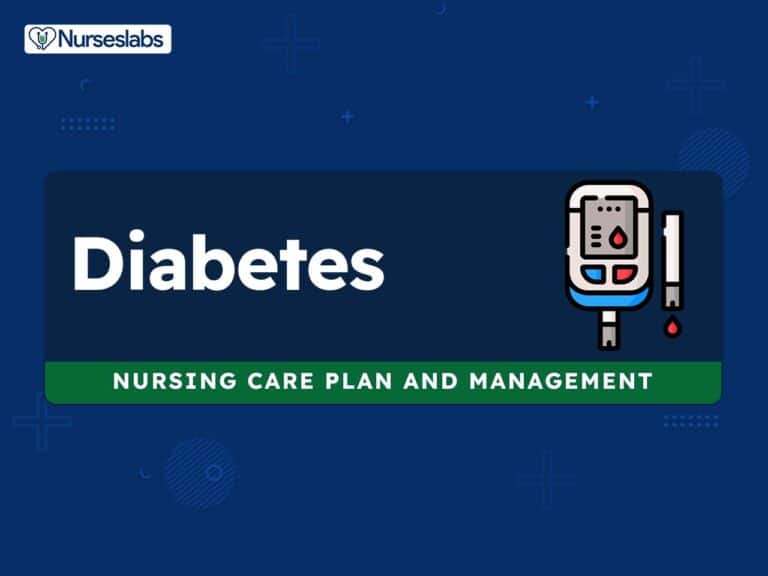
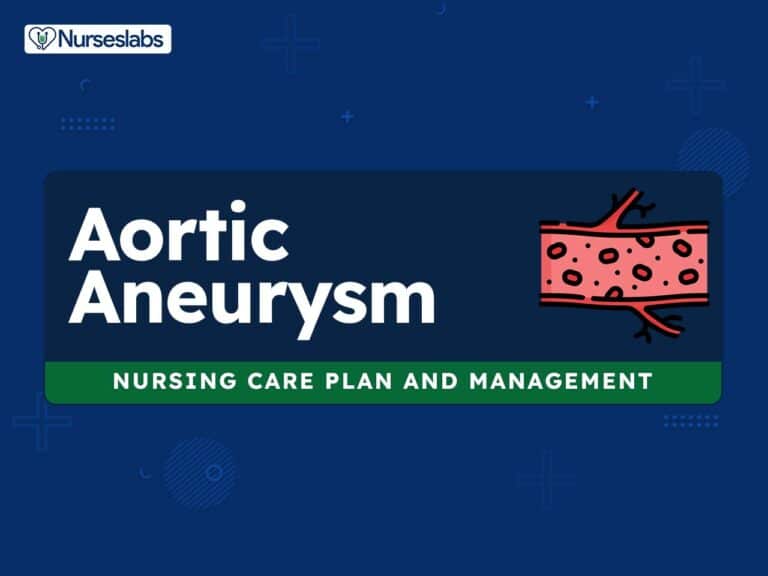



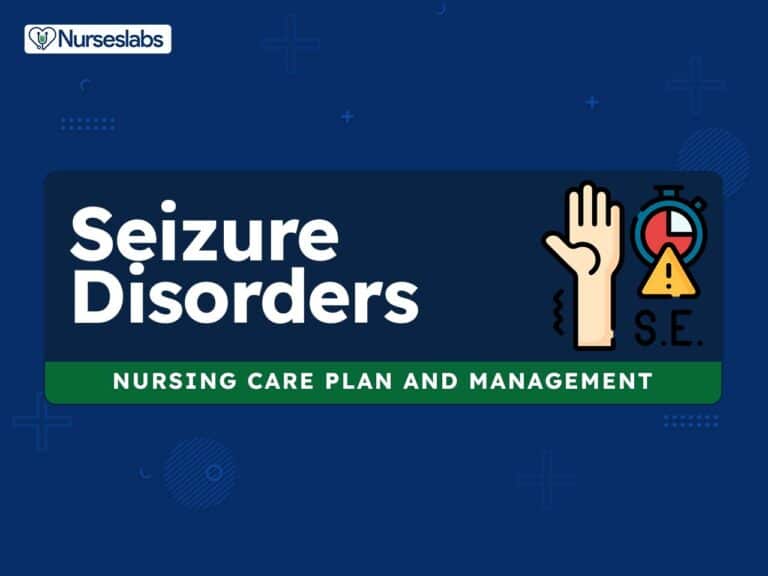
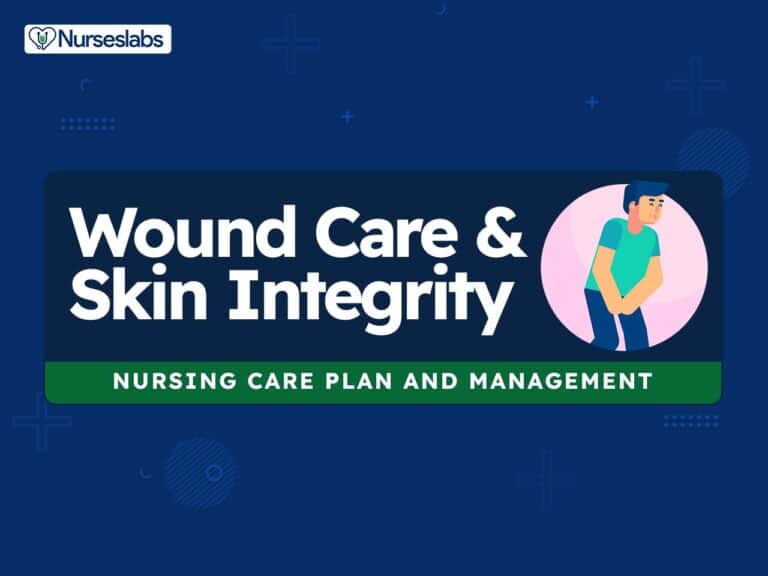
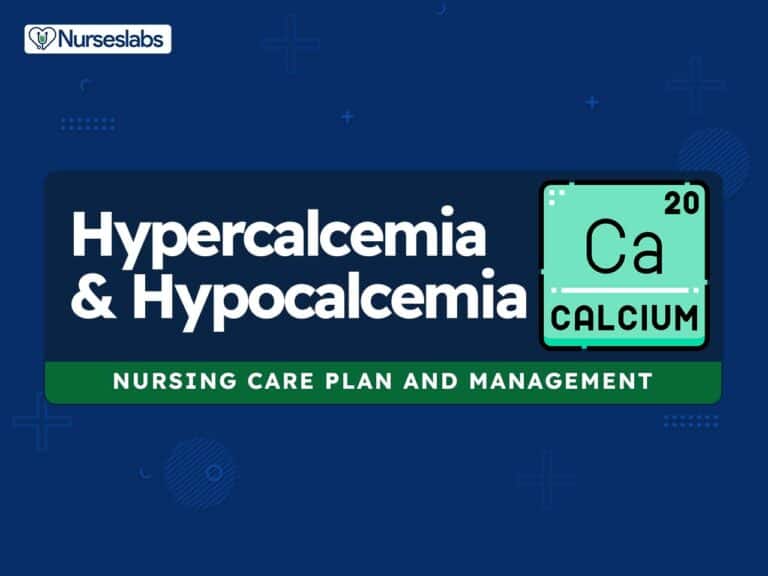
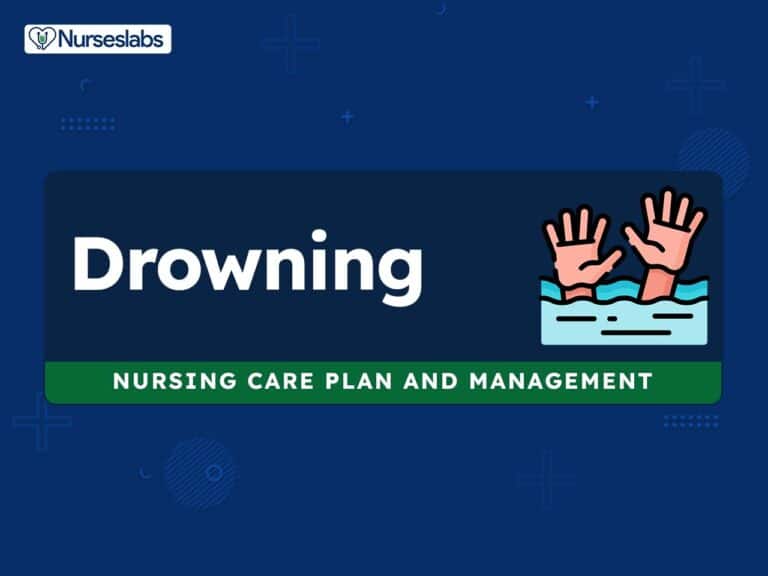


Leave a Comment